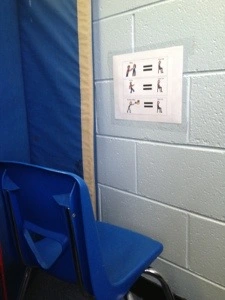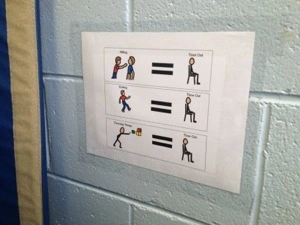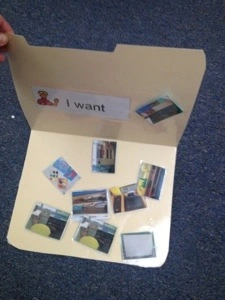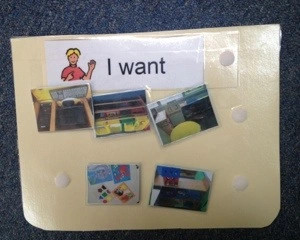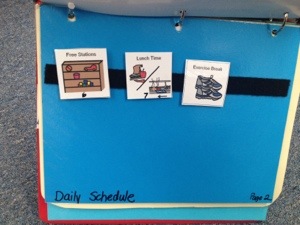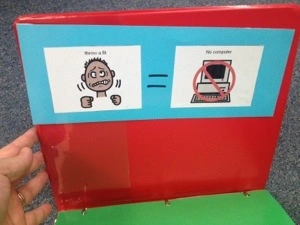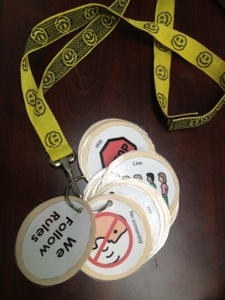What is the difference?
The quote below, from the k12reader website explains it perfectly! I couldn’t have said it better myself-so it is a direct quote!
Phonemic Awareness vs. Phonological Awareness
“Phonological Awareness is the ability to recognize that words are made up of a variety of sound units. The term encompasses a number of sound related skills necessary for a person to develop as a reader. As a child develops phonological awareness she not only comes to understand that words are made up of small sound units (phonemes). She also learns that words can be segmented into larger sound “chunks” known as syllables and each syllable begin with a sound (onset) and ends with another sound (rime).
Phonological awareness provides the basis for phonics. Phonics, the understanding that sounds and print letters are connected, is the first step towards the act we call reading.
When measuring a child’s phonological awareness look at his ability to apply several different skills. A child with strong phonological awareness should be able to recognize and use rhyme, break words into syllables, blend phonemes into syllables and words, identify the beginning and ending sounds in a syllable and see smaller words within larger words (ie. “cat” in “catalog”).
Phonemic Awareness also involves an understanding of the ways that sounds function in words, it deals with only one aspect of sound: the phoneme. A phoneme is the smallest unit of sound in a language that holds meaning. Almost all words are made up of a number of phonemes blended together. Consider the word “ball”. It is made up of three phonemes: /b/ /aw/ /l/ . Each of its sounds affects the meaning. Take away the /b/ sound and replace it with /w/ and you have an entirely different word. Change the /aw/ for an /e/ sound and again the meaning changes.
Phonemic awareness is just one aspect of phonological awareness. While phonological awareness encompasses a child’s ability to recognize the many ways sounds function in words, phonemic awareness is only her understanding of the most minute sound units in words. Because phonemic awareness is a sub-skill under the phonological awareness “umbrella” not all of the measures for determining a reader’s skill level are applied when assessing it. A reader with strong phonemic awareness will demonstrate the ability to hear rhyme and alliteration (the repetition of the same consonant sound at the beginning of several different words used in a sentence or paragraph), find the different sound in a set of words (ie. “bat”, “ball”, “wet”) and blend and segment phonemes.”
In order to READ independently and proficiently at a first grade level, a student must have mastery of both phonological and phonemic awareness.
Next, comes blending phonemes together into more complex one and 2 syllable words. Words with short vowels, then long vowels…next words with th, wh, sl, tr, cl and then end with those sound combinations.
Finally, students will then learn words ending in silent “e” and words containing specific spelling combinations, such as CVVC (ou, ea, oa).
Mastery of reading at a first grade level is so vital, according to Fountas & Pinnell. Students will then be able to gain the skills needed to move on to reading at a 2nd grade level.










